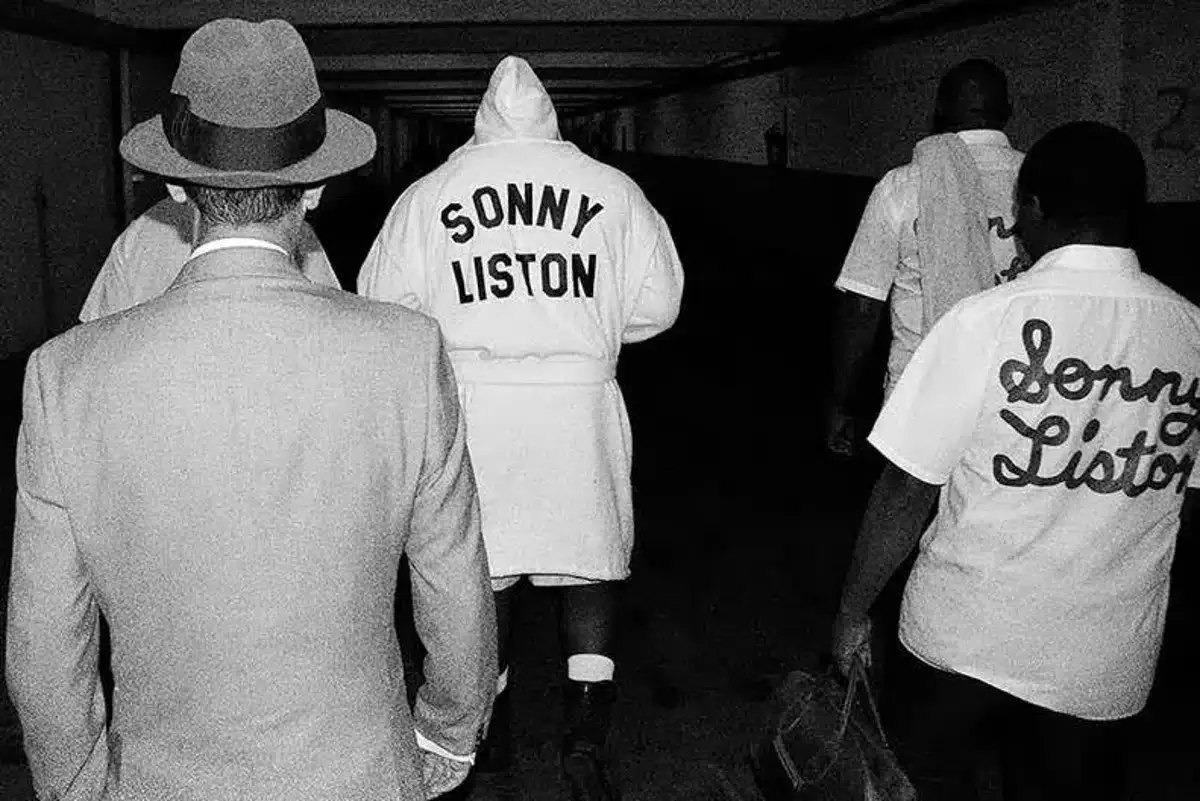For many boxing aficionados, Sonny Liston’s life is a compelling narrative underscored by conflict, talent, and ultimately, tragedy. Liston, who once held the heavyweight championship title, found himself in a tumultuous relationship with law enforcement that would mar his legacy. The chaotic year of 1964 proved especially disastrous for Liston; in February, he unexpectedly lost his title to the brash newcomer Cassius Clay—a loss that reverberated through the boxing world. But that defeat was just one chapter in a year filled with strife. On Christmas Day, Liston faced yet another entanglement with the police, marking yet another unfortunate instance in a series of many.
As the law approached, they noticed a man behaving erratically in a parking lot. Little did they know that their encounter would lead them to one of the boxing greats whose reputation was already tainted. When Liston drove away in his Cadillac, the officers initiated a routine stop that spiraled into chaos. The situation quickly escalated, drawing in ten officers who struggled to subdue the former champion. Ultimately, the narrative painted by those involved presented a shocking contrast: how could a solitary man, even under the influence, require such overwhelming force to subdue?
Reports suggest that Liston’s arrest stemmed not only from his physical demeanor but also from a complex set of societal perceptions that surrounded him. While the law enforcement view of Liston was likely clouded by biases and prejudices stemming from his past, it also accentuated what many see as the broader struggle of an athlete who never received acknowledgment for his true talents. Upon booking, he admitted to having consumed “one beer,” but later comments indicated a far heavier drinking session, which only served to fuel the negative perception surrounding him.
The narrative of a heavyweight champion spending Christmas in a cramped jail cell starkly contrasted the glamour often associated with such athletes. Liston’s image suffered, particularly in a country that still contended with deep-seated racial prejudices. His only consistent companion throughout his tumultuous life—the media—often portrayed him unfavorably. In fact, the very media that had sensationalized his portrayal also liked to focus on his misfortunes, further entrenching the bad-boy archetype that Liston unwittingly embodied.
Among the chaos of Liston’s public unraveling, an unexpected ally emerged—none other than Muhammad Ali. The current heavyweight champion had previously dethroned Liston and, despite their fierce rivalry, did not shy away from defending him. Ali, once Cassius Clay, recognized the injustice that Liston faced in the contemporary legal narrative. To him, Liston was being made an example of—a once-great athlete who had fallen into disrepute. Ali’s subtle support showcased an underlying sympathy ingrained in the competitive nature of boxing.
Ultimately, the complexities of their relationship highlight a transcendent theme inherent in the world of sports, where rivalry often intermingles with respect. For Ali, Liston’s plight resonated, as both men shared the burdens of being unfairly judged, though from vastly different perspectives. Yet, Liston’s challenges were compounded by a history of violence, addiction, and stigma—ultimately fuelling his tragic narrative.
Liston’s narrative amplifies a broader social dialogue on the treatment of athletes who fall from grace. Despite reports of his intelligence, sense of humor, and generosity, society seemed more intent on labeling him as the perpetual villain in his life story — a narrative he found himself trapped within. The boxing world is often a simplistic dichotomy of ‘good versus evil,’ and Liston’s role as the “bad guy” left him fighting not just opponents in the ring but against societal neglect and misrepresentation.
Despite the public perception, those who encountered Liston on a personal level often spoke of him in more nuanced terms. The softer side of his character displayed a love for children and a benevolent spirit that belied the brutish image constructed around him.
Sonny Liston died under murky circumstances in late December of 1970, with the ambiguities surrounding his demise only adding to the mythos that encircled his life. He officially passed at the age of 38, succumbing to a life that had at once been glorified and vilified, talented yet tragically misunderstood. With every arrest and every headline, Liston moved from a formidable athlete to a symbol of an era rife with inequality and judgement.
Examining Sonny Liston’s life reveals a tragic portrait colored by struggles against both internal demons and societal scorn. He was a man who understood both the intoxicating allure of fame and the brittle fragility it entailed. While history may remember him for his transgressions, those few who glimpsed his true self know that there was much more to the great Sonny Liston than what appeared in the ring or unfurled in a courtroom.


Leave a Reply